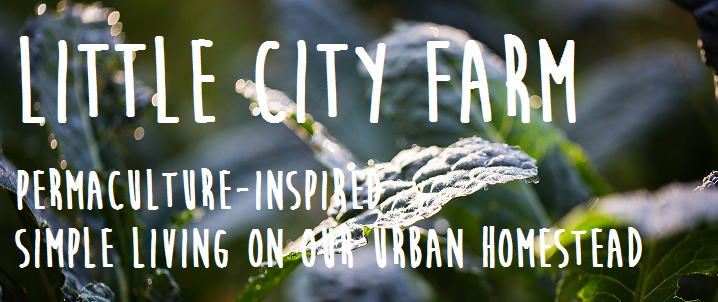Scholars trace the origins of Dia De Los Muertos to indigenous observances dating back thousands of years, and to an Aztec festival dedicated to the goddess named Mictecacihuatl (or "the Lady of the Dead"). Food, skulls, candles and so on (equated with our halloween) have come from this holiday.
Similar holidays are celebrated in many parts of the world; for example, it is a public holiday in Brazil where many Brazilians celebrate by visiting cemeteries and churches. In Spain there are festivals and parades, and at the end of the day, people gather at cemeteries and pray to their loved ones who have died. Similar observances occur elsewhere in Europe, and in Asian and African cultures (thanks Wikipedia!).And we have halloween. So, what does a local-food inclined person who believes more in the traditional ritual mentioned above, and who does not want to support a multi-national corporation like Nestle, or hand out more sugar and chocolate to kids that are already getting bagloads of it, do? I like the idea of people on the street observing a common celebration, even if it has become a little skewed over the years, so I do want to participate in some small way. We can't give out apples or handmade treats anymore (at least to people who don't know us), as people don't trust anything that's not made in a factory setting and triple plastic sealed. I tried giving out non-food items like colourful fancy pencils and stickers one year, but this did not really go over very well. It didn't feel very good to see so many disappointed young faces, even if I was trying to teach an alternative.
Well for the people who we do know, including the parents who walked the young toddlers around, I made up pumpkin cookies (using local organic pumpkin). For those who didn't know us, I had granola bars (store-bought, alas), sesame snaps, and organic fruit leather. I felt pretty good about the selection, both in terms of what we were offering being fairly healthy yet still exciting enough to a trick-or-treater, and the response we got from kids (even the older ones seemed to appreciate the option of organic goodies).
Here's that pumpkin cookie recipe. Really easy, very tasty. You can leave out the chocolate chips and add more spices to get more of a pumpkin pie experience.
Pumpkin Chocolate Chip Cookies
1 cup pumpkin puree
1 cup white sugar
1/2 cup veg oil
1 egg
2 cups flour
2 tsp baking powder
2 tsp cinnamon
1 tsp baking soda
1 Tbsp vanilla
2 cups chocolate chips
1/2 cup pecans, optional
Mix well. Bake in preheated 350C oven, on greased cookie sheets, for about 10 minutes (until golden and lightly firm).














